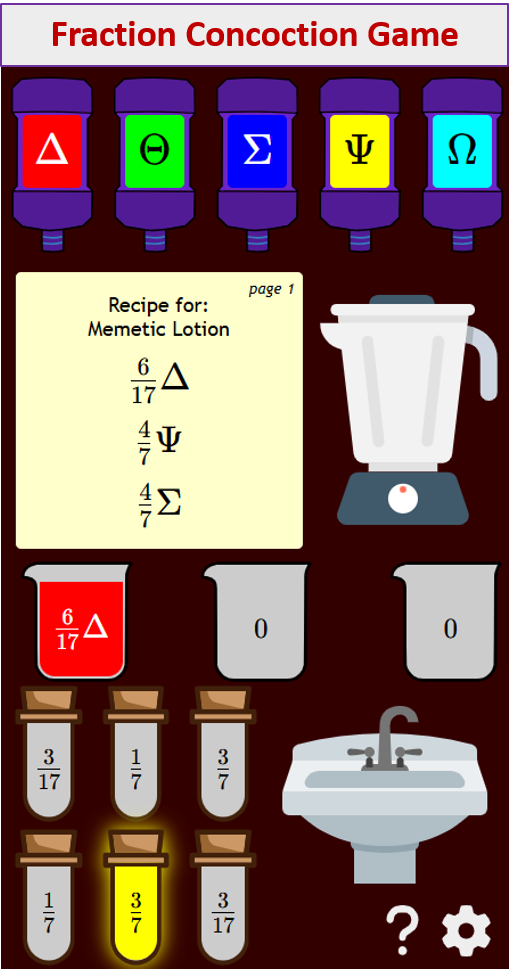

Pre-Algebra Review
Beginning Algebra (Definitions)
Defining the terms: constant, variable, term, and coefficient.
Simplifying expressions that contain like terms.
Example:
Simplify:
7x + 4x
5x23 - 12x23
12y + 8x - 2y - 17x
2/5 x - 1/4 + 3/10 x - 5/2
The Distributive Property
Use the distributive property to simplify expressions.
Example:
Simplify:
7(2x - 4y)
Use the distributive property to simplify expressions.
Example:
Simplify:
5(2x - 3) - 8(4y - 7x - 3)
10 - 3(2x + 7y) + 4(5y - 6)
Equations
Defining "equation", "solving", and "solution".
Equations - The Addition Property
The Addition Property:
a = b is equivalent to a + c + b + c or a - c = b - c.
Example:
Solve:
x + 21 = 58
Equations - The Multiplication Property
The Multiplication Property
a = b is equivalent to ac = bc or a/c = b/c where c does not equal 0.
Example:
Solve:
2x = 10
8x = -60
Solving Linear Equations
The Addition Property:
a = b is equivalent to a + c + b + c or a - c = b - c.
Example:
Solve:
5x = -60
2/3 x = 20
-14/9 y = 56/81
Try out our new and fun Fraction Concoction Game.
Add and subtract fractions to make exciting fraction concoctions following a recipe. There are four levels of difficulty: Easy, medium, hard and insane. Practice the basics of fraction addition and subtraction or challenge yourself with the insane level.



We welcome your feedback, comments and questions about this site or page. Please submit your feedback or enquiries via our Feedback page.